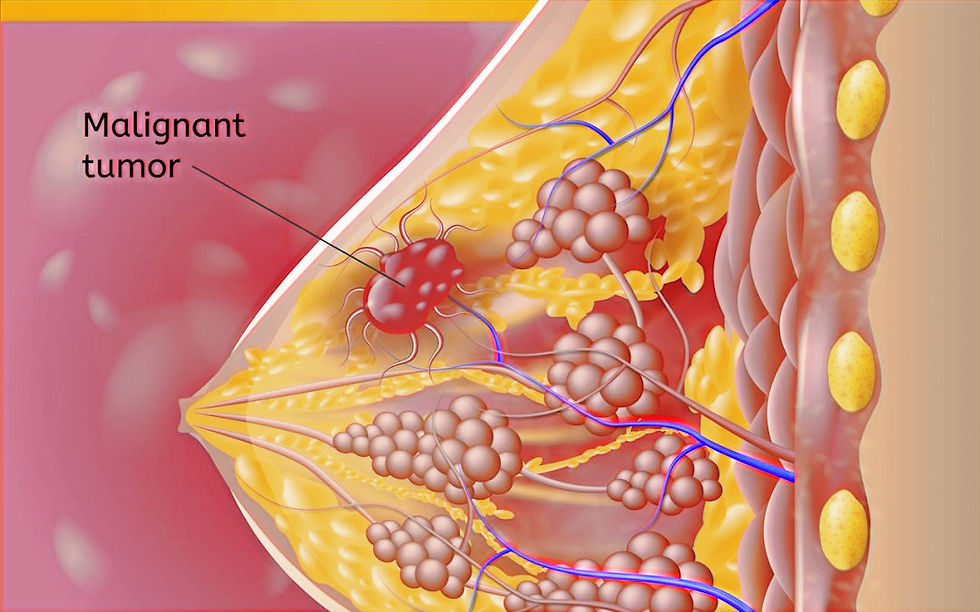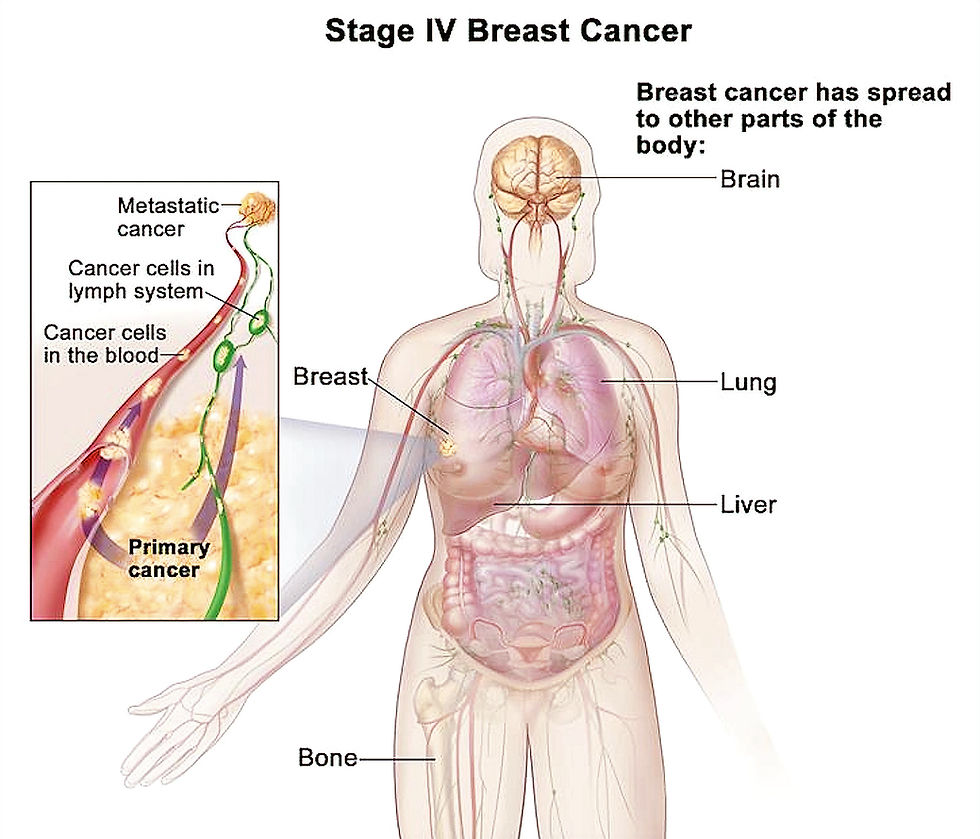Men and Breast Cancer
It should go without saying that every person has different size breasts. The smaller the breast - including men and women who have undergone a mastectomy - the less distance a breast cancer needs to grow and travel to spread (metastasize) beyond the breast.
While I have heard many people talk about how the lymphatic system evolved into being, a simple review of cardiovascular medicine reveals that 90% of the blood that leaves the heart, returns to the heart by the veins (venous system). The remaining 10% returns via the lymphatic system.
This was not fully understood or appreciated until a friend of mine, Dr. Joseph Beninson from Henry Ford Hospital in Detroit, MI, where he was the founding director of the Leg Ulcer and Lymphedema Clinic. It was here that he discovered by looking at the genetics of lymphatic and venous tissue, that the lymphatic vessels were genetically derived from the venous tissue.
Hence, both venous (veins) and lymphatic tissue share responsibility for returning blood to the heart.
The venous system (90%) returns the much needed blood to the right heart where the blood can be sent to the lungs for removal of acid waste (carbon dioxide; CO2) and oxygenation (02). This oxygenated blood can then be pumped by the left heart throughout the body where the life sustaining oxygen can be used.
The function of the lymphatic tissue is to take approximately 10% of that blood and filter it through the lymph nodes for processing and presentation of antigenic (foreign) materials to determine if an InflammoThrombotic Immunologic Response (ITIR) is needed. If so the ITIR will begin, including an (ITIR) for the Disease (ITIRD) known as cancer.
Unfortunately, like other friends, he died in 2001 from cancer. Joseph had both a DVM (Doctor of Veterinarian Medicine) from Texas A & M, and a MD from the University of Texas.
A close up view of breast tissue shows how breast cancer can spread by direct extension of itself (simply growing larger) as well as through extension into the surrounding blood and lymphatic systems.

If we step back and look again, we can better appreciate how the breast tissue, muscles and lymph nodes - along with the blood vessels - are all interconnected, providing a pathway for breast cancer to spread (metastasize) from the breast to the remainder of the body.

If we step back yet again, we can see the areas where breast cancer tends to metastasize (spread) after leaving the breast - bones, brain, liver and lungs. It is this information we use to stage - determine how extensive - your breast cancer.

I think you can see just how important it is to find cancers sooner than later, including the ability to find the transitional ITIRD changes we have been talking about, leading up to cancer.
The sooner these changes are discovered, the greater the potential for successfully treating those cancers before they have the opportunity and time to spread to the rest of your body.
---------------
Like a woman who has undergone a mastectomy, men have little breast tissue to compress for mammography. This is not a problem for FMTVDM.
The following example of FMTVDM quantification was done for a man with discharge from his left nipple. The discharge was breast cancer as shown in the following quantified FMTVDM image.


